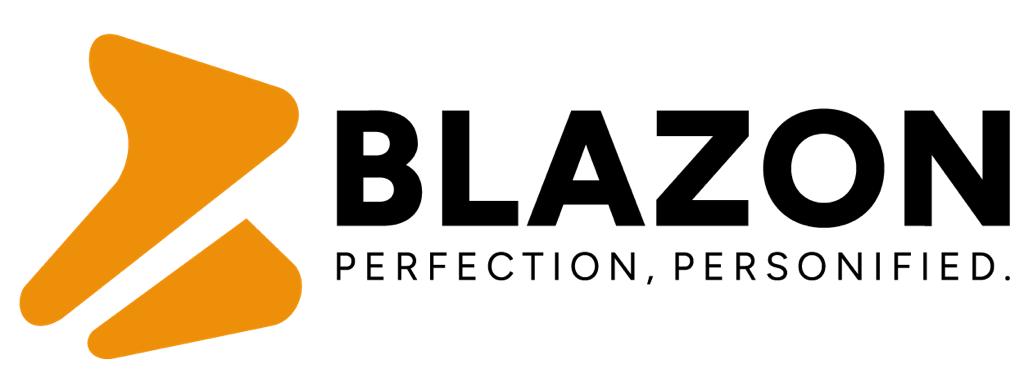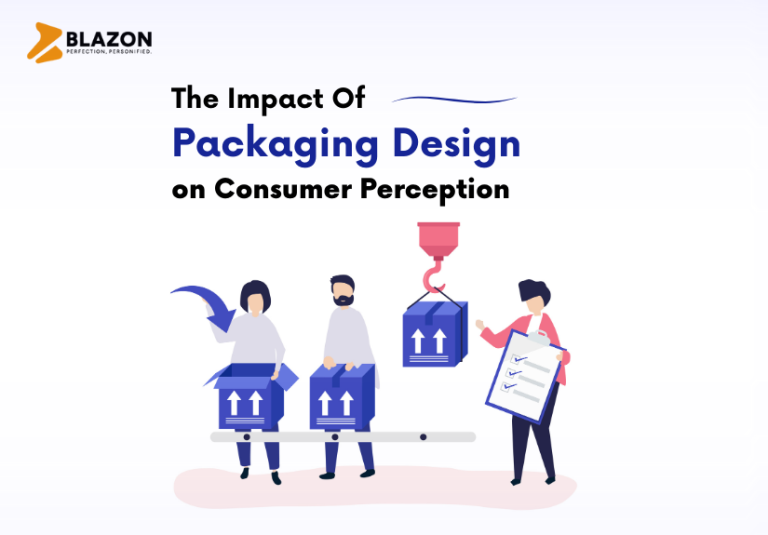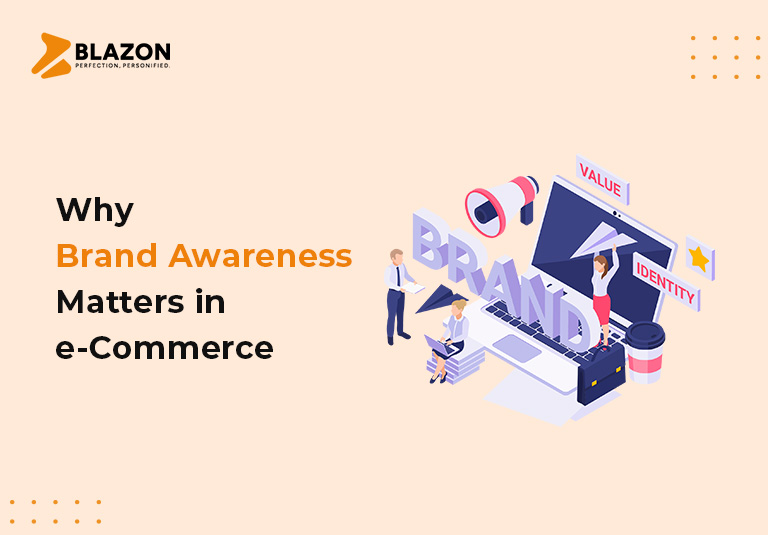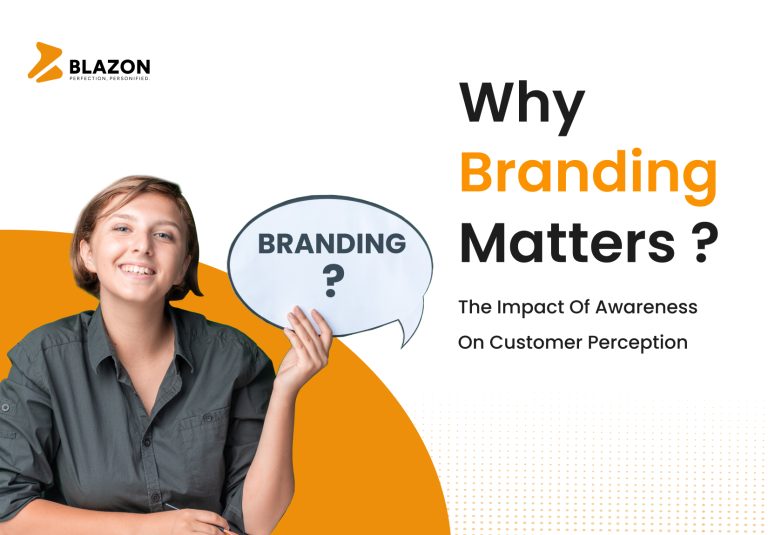Have you ever picked up a product solely because its packaging caught your eye? Well, you’re not alone! Packaging design plays a significant role in influencing consumer perception and purchasing decisions. In this blog, we’ll explore how the look and feel of packaging can sway our choices and why it’s essential for businesses to invest in thoughtful design.
The Power of First Impressions
Imagine walking into a store, surrounded by shelves upon shelves of products. Amidst this sensory overload, which product catches your eye? More often than not, it’s the one with packaging that stands out from the rest. Whether it’s vibrant colors, bold typography, or innovative shapes, packaging design has the power to captivate consumers in an instant.
But the impact of packaging design extends beyond mere visual appeal. It sets the stage for the entire consumer experience, influencing perceptions of quality, value, and desirability. A well-designed package communicates professionalism and attention to detail, enticing consumers to explore further and ultimately make a purchase.
Building Trust and Credibility
In a marketplace flooded with options, trust is paramount. Consumers want to feel confident that the products they buy will deliver on their promises. This is where packaging design plays a crucial role in building trust and credibility.
Consider the packaging of a luxury skincare brand – sleek, sophisticated, and adorned with subtle embellishments. Such packaging communicates a sense of exclusivity and craftsmanship, reassuring consumers of the product’s quality and efficacy. On the other hand, eco-friendly brands often opt for minimalist packaging designs, signaling their commitment to sustainability and transparency.
By aligning packaging design services with brand values and consumer expectations, businesses can foster trust and loyalty, ultimately driving repeat purchases and positive word-of-mouth.
Reflecting Brand Identity
Packaging design serves as a tangible expression of a brand’s identity and values. Just as a person’s clothing and accessories reflect their personality, the packaging of a product communicates its essence to consumers.
Take, for example, the iconic packaging of Apple products – clean, minimalist, and unmistakably modern. This design ethos extends beyond aesthetics; it embodies Apple’s commitment to simplicity, innovation, and user-centric design. Similarly, the playful packaging of brands like Lush Cosmetics or Ben & Jerry’s ice cream reflects their quirky personalities and dedication to fun and creativity.
Consistency is key in reinforcing brand identity through packaging design. Whether it’s through color schemes, graphic elements, or messaging, cohesive packaging helps to strengthen brand recognition and establish an emotional connection with consumers.
Influencing Purchase Decisions
Packaging design isn’t just about catching the eye – it’s about persuading the mind. Numerous studies have shown that packaging design can significantly influence consumer behavior and purchasing decisions.
For instance, research conducted by the Journal of Consumer Psychology found that packaging design can evoke specific emotions, such as excitement or nostalgia, which in turn influence purchase intent. Additionally, packaging that effectively communicates product benefits and features can sway consumers towards making a purchase, especially in categories where choices are abundant.
In today’s digital age, where online shopping is increasingly prevalent, packaging design takes on added importance. A well-designed package not only entices consumers to click “add to cart” but also enhances the unboxing experience, fostering a sense of anticipation and delight upon delivery.
Standing Out in a Crowded Market
In a marketplace saturated with options, differentiation is key to success. Packaging design provides brands with a powerful tool for standing out from the competition and carving out their niche.
Unique packaging solutions, such as unconventional shapes, tactile finishes, or interactive elements, can capture the attention of consumers and pique their curiosity. Moreover, storytelling through packaging design – whether it’s highlighting the brand’s heritage, mission, or product journey – creates an emotional connection that resonates with consumers on a deeper level.
However, standing out doesn’t always mean being flashy or extravagant. Sometimes, simplicity can be just as impactful. By distilling the essence of their brand into a clean and memorable design, businesses can cut through the clutter and forge meaningful connections with their target audience.
Environmental Considerations
In recent years, the environmental impact of packaging design has come under scrutiny. With growing awareness of sustainability issues, consumers are increasingly conscious of the materials used in packaging and its potential ecological footprint.
As a result, brands are under pressure to adopt eco-friendly packaging solutions that minimize waste and reduce environmental harm. This shift towards sustainable packaging design encompasses various strategies, including the use of recyclable or biodegradable materials, lightweighting to reduce material usage, and designing for disassembly or reuse.
Moreover, packaging design can play a crucial role in educating consumers about sustainable practices and encouraging behavior change. By incorporating informative labeling, such as recycling instructions or environmental certifications, brands can empower consumers to make more eco-conscious choices.
Conclusion
In conclusion, packaging design is a dynamic and multifaceted discipline that wields immense influence over consumer perceptions and behaviors. From capturing attention and building trust to reflecting brand identity and addressing environmental concerns, effective packaging design is essential for success in today’s competitive marketplace.
As businesses navigate the ever-evolving landscape of consumer preferences and sustainability expectations, investing in thoughtful and strategic packaging design has never been more critical. By understanding the power of packaging and harnessing its potential to engage, inspire, and delight consumers, brands can unlock new opportunities for growth, differentiation, and long-term success. So, the next time you encounter a beautifully designed package, take a moment to appreciate the creativity and ingenuity behind it – it’s more than just a box; it’s a gateway to a world of possibilities.





